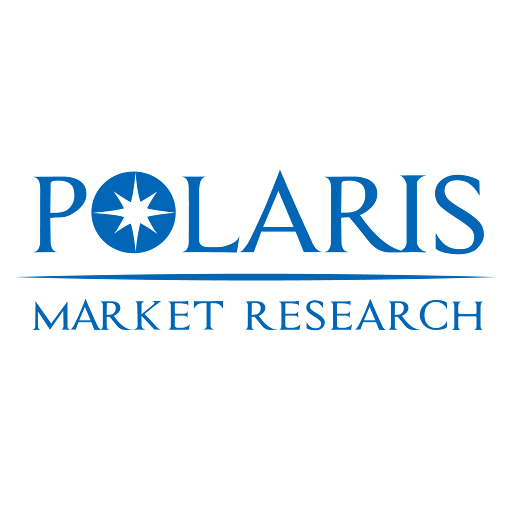Global Anti-fatigue Cosmetics Market Forecast to 2034: Segment-Wise and Application-Wise Perspectives

The global anti-fatigue cosmetics market reached USD 17.12 million in 2024 and is projected to advance at a 4.8% CAGR during the forecast period, reflecting growing consumer demand for solutions addressing lifestyle-associated skin concerns such as dullness, puffiness, and uneven tone. This demand trajectory is shaped by evolving product architectures, ingredient innovations, and shifting consumer expectations across the skincare value chain. As manufacturers recalibrate their product differentiation, ingredient strategies, and distribution positioning, segment-level performance becomes the primary determinant of competitive advantage. Segmentation by product type, application, and end-user demographics influences market behavior more than any other structural factor, making analytical precision essential for stakeholders navigating a rapidly evolving landscape.
Product-type segmentation indicates that under-eye creams, fatigue-correcting serums, and brightening concentrates remain dominant in revenue share due to their targeting accuracy and clinically supported claims. Serums continue to outperform other formats because they deliver higher active concentrations and faster absorption, attributes aligned with tech-savvy consumers seeking enhanced application-specific growth. Lightweight emulsions and multifunctional creams are gaining momentum as brands integrate fatigue-reducing actives into daily-use moisturizers and hybrid skincare-makeup formulations. This promotes broader market accessibility and encourages routine-based adoption, which drives steady repeat purchase behavior. Ingredient segmentation reveals growing emphasis on peptides, stabilized vitamin C complexes, caffeine derivatives, and botanical antioxidants, supported by consumer interest in scientifically validated components. The clean beauty movement, especially prevalent in Europe and North America, intensifies scrutiny on formulation transparency and encourages the adoption of biodegraded and plant-derived bases.
End-user segmentation shows notable divergence between younger consumers focused on lifestyle-induced fatigue effects and older demographics seeking cumulative revitalization benefits. Younger consumers lean toward preventive skincare profiles that combat early signs of fatigue linked to extended screen exposure and environmental stressors. Older consumer groups gravitate toward texture-improving formulations with clinically verified tightening and brightening properties. This demographic split informs brand-specific value chain optimization and raw-material procurement strategies, affecting how suppliers calibrate ingredient concentration, formulation stability, and packaging compatibility. Meanwhile, male grooming is emerging as a substantial micro-segment, aided by broader social acceptance and rising awareness of fatigue-induced skin dullness among men working in high-stress environments.
Application-based segmentation highlights the leadership of facial treatments due to higher adoption rates and stronger product familiarity. Eye-area products experience the fastest growth, driven by the rise in digital fatigue and increased screen dependency. Multi-zone formulations combining fatigue correction with hydration and photo-protection enhance segment-wise performance and drive innovation pipelines at major skincare laboratories. In parallel, distribution-segment analysis shows the expanding influence of e-commerce, supported by virtual skin analysis tools that help match products to fatigue-specific concerns. While specialty beauty retailers maintain prominence in developed markets, rising online penetration in Asia Pacific and Latin America democratizes product access and levels the competitive field for emerging brands.
Read More @ https://www.polarismarketresearch.com/industry-analysis/anti-fatigue-cosmetics-market
On the demand side, the primary growth drivers include increased urbanization, awareness of environmental stress impacts, and the normalization of preventive skincare routines. The proliferation of dermatology-led content on social media has contributed to consumer education and increased transparency expectations, reinforcing market competitiveness. Conversely, restraints include fluctuating raw-material costs, supply chain complexities, and the ongoing need for compliance with ever-evolving ingredient regulations across multiple regions. Global cosmetic laws differ widely in permissible actives, labeling norms, and safety testing requirements, increasing the cost of compliance and slowing international product rollouts. Furthermore, competition from multifunctional skincare solutions poses substitution pressure on standalone anti-fatigue products.
Opportunities within the segmentation architecture revolve around the introduction of encapsulated peptides, microbiome-friendly actives, and biotech-generated antioxidants that reflect the rising preference for safe, effective formulations. Manufacturers focusing on product differentiation will benefit from targeted R&D investments and deeper integration of AI-enabled formulation design. The shift toward refillable packaging and sustainable sourcing—especially in Europe—provides first-mover advantages for brands prioritizing ethical supply chains. Trends supporting future scalability include the development of hybrid formats that merge fatigue correction with barrier repair and hydration enhancement. These align with personalized skincare trajectories and support application-specific growth across premium and mass segments.
Given the segmentation structure and the emphasis on scientifically validated formulations, competitive success will depend largely on effective value chain optimization and consistent segment-wise performance evaluation. Companies prioritizing formulation transparency, value-added ingredient design, and adaptive digital marketing channels are expected to benefit most from emerging consumer expectations around efficacy, sustainability, and personalization.
Top Market Players
• L’Oréal
• Estée Lauder
• Shiseido
More Trending Latest Reports By Polaris Market Research:
Laboratory Developed Tests Market
Endomyocardial Biopsy Market: A Minimally Invasive Procedure for Heart Damage
Phase-Transfer Catalyst Market
- Art
- Causes
- Crafts
- Dance
- Drinks
- Film
- Fitness
- Food
- Jocuri
- Gardening
- Health
- Home
- Literature
- Music
- Networking
- Alte
- Party
- Religion
- Shopping
- Sports
- Theater
- Wellness
